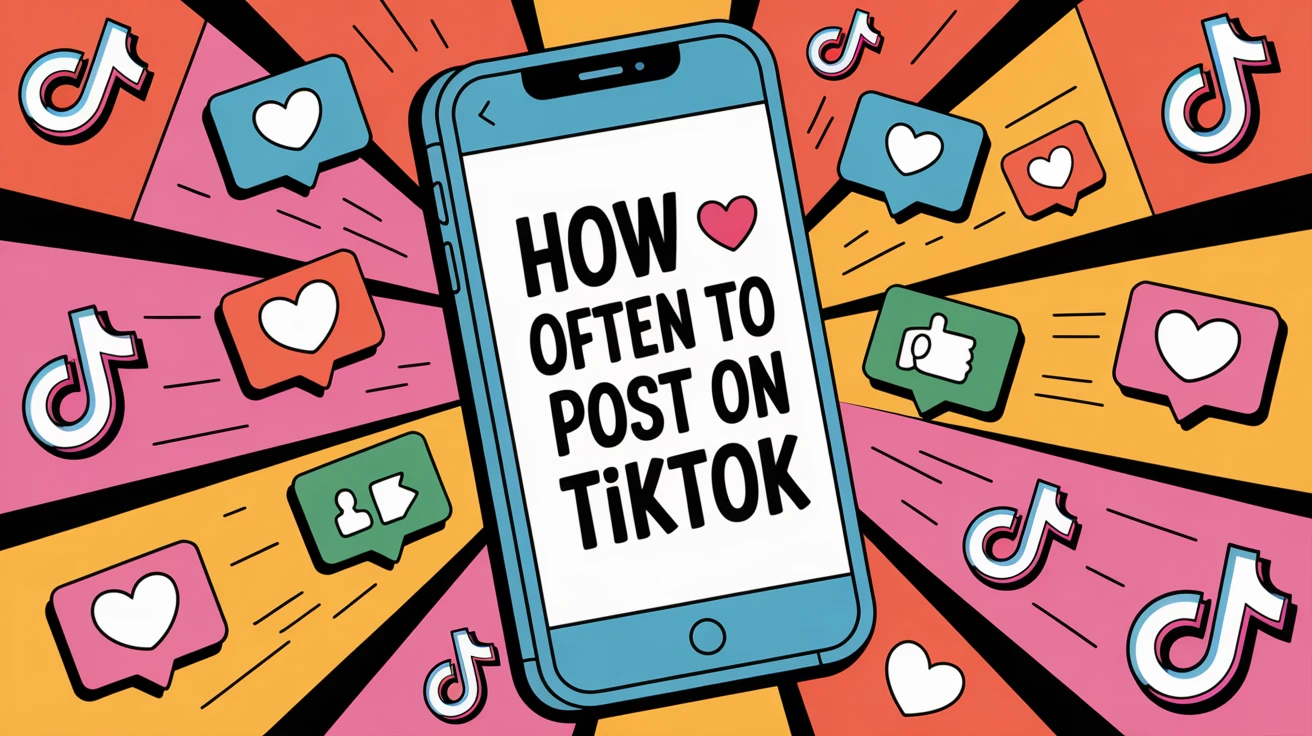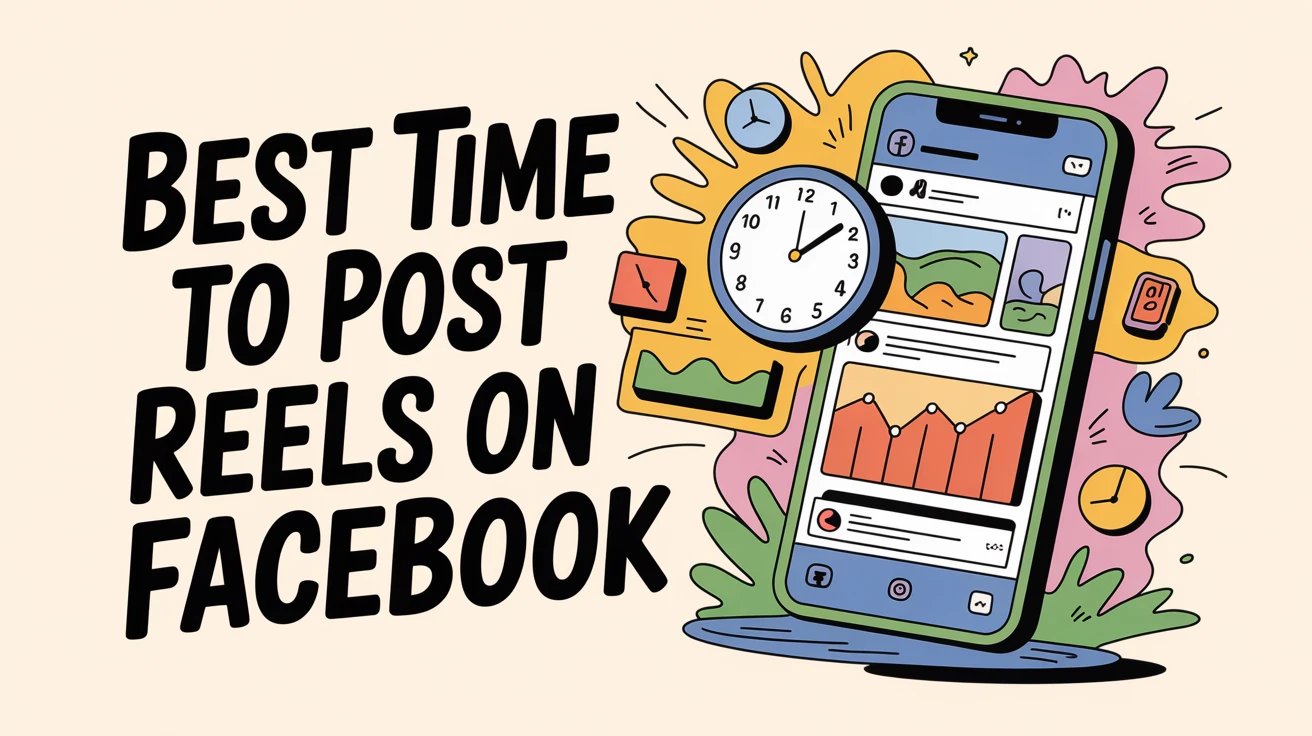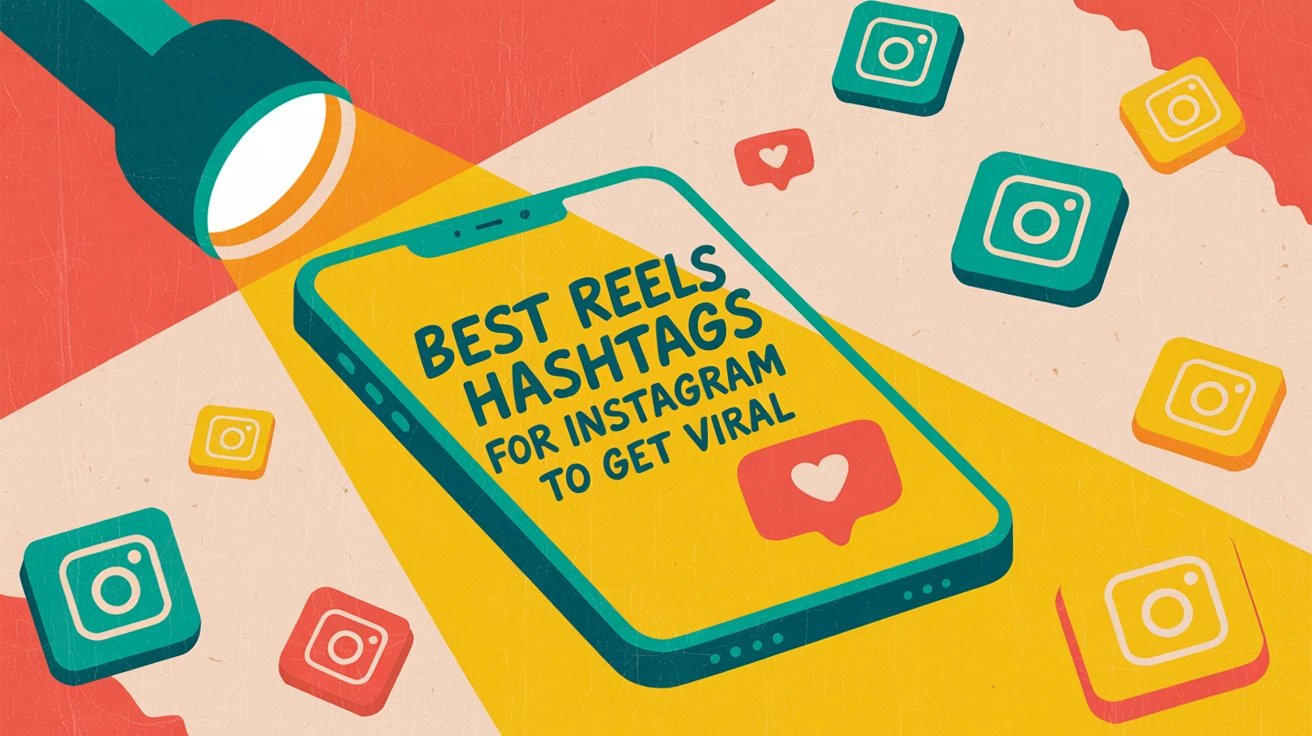Ever wondered how some brands seem to effortlessly conquer multiple markets with their content? The secret weapon might just be AI dubbing. Today, we’re diving deep into how you can use AI to dub your content, potentially skyrocketing your reach and engagement with minimal effort. Let’s get into it!
Why Bother with AI Dubbing?
Before we jump into the how-to, let’s talk about why you should care.
Check out these success stories:
- TLDV, an AI app, saw a 30% boost in views and engagement after creating language-specific channels with AI-dubbed content.
- An astrology app is running six different language channels, reusing the same content with different captions, and raking in millions of views per country.
We’ve written extensively about their strategies—there’s a lot to learn about effectively running an AI dubbing strategy for your TikTok, Reels, and Shorts content.
And the best part?
It’s surprisingly accessible and cost-effective.
So, ready to go global? Let’s break down the process.
Step 1: Get Your Script Together
First things first, you need a script. If you’ve already got one, great! Skip ahead.
If not, and as the majority of content creators don’t pre-write their scripts, you’ll have to take your original piece of content and extract the spoken script from it.
Here’s what you do:
- Use a speech-to-text tool to transcribe your video.
- Whisper from OpenAI is a solid choice if you’re a developer, otherwise check out Descript.
Descript is particularly cool because it offers a whole suite of tools for creators. It’s like a Swiss Army knife for content creation.
There are many tools out there for speech-to-text, and the space is always evolving with new cutting-edge AI software.
Step 2: Translate and Dub
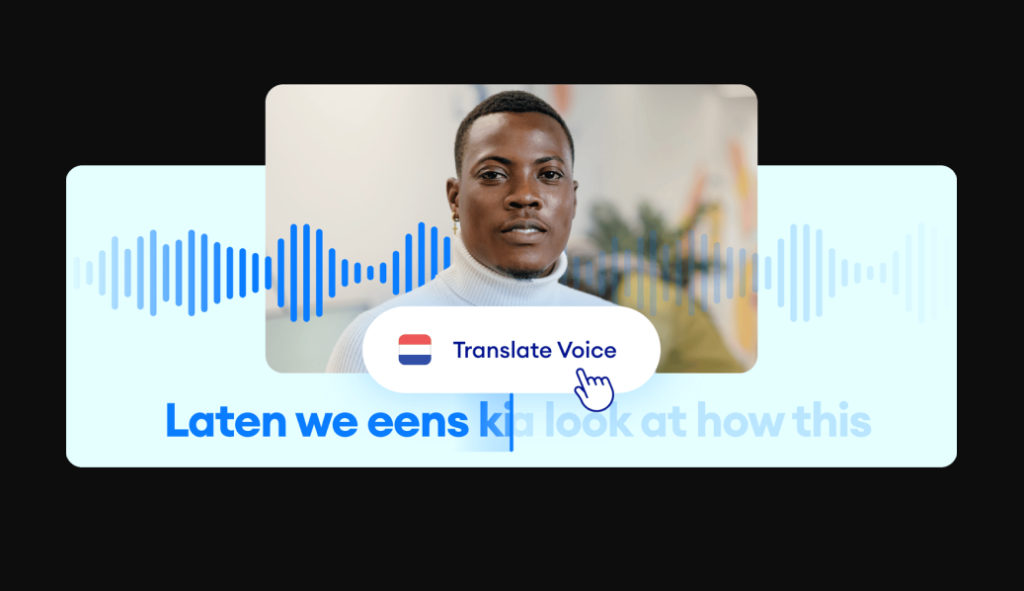
Now comes the fun part—multiplying your content by dubbing it into dozens of languages (or at least one or two to start with).
If your video has voice content:
- Translate your script using a reliable translation tool or service.
- Use a text-to-speech platform to create the dubbed audio. Here are some top picks:
- ElevenLabs – The cream of the crop! With the most realistic voices, you’re able to pick from an incredible library and marketplace of human-generated voices. Find your Spanish or French alter ego.
- PlayHT
- OpenAI
Pro tip: Don’t stress if the AI voice sounds a bit “dubbed.” Many countries are used to dubbed content (looking at you, France, Spain, and Brazil). Plus, TikTok users often vibe with robotic voices anyway.
If your video only uses captions:
- Translate your captions using Google Translate, or for a more nuanced translation, ChatGPT or Claude.
- Always keep an uncaptioned version of your original video handy. It makes adding dubbed captions way easier. Otherwise, you might not be able to remove the burnt-in captions already on your video.
Step 3: Edit and Polish
Time to make your dubbed content shine:
- Use a video editing tool like CapCut to sync your new audio or captions perfectly.
- Make sure your captions pop in the new language. Remember, visual appeal matters!
- Craft a description and hashtags in your target language. There are many AI tools to help you do that.
Step 4: Create Language-Specific Channels
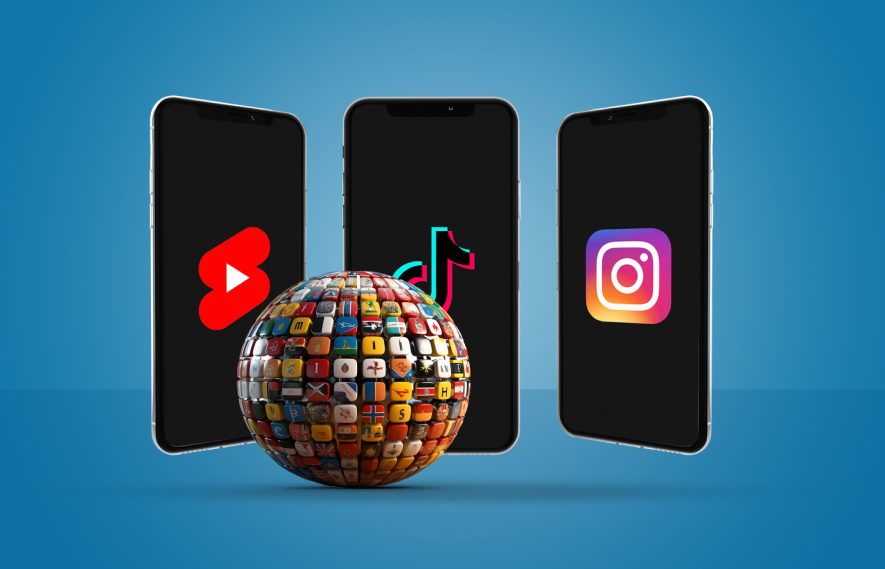
Here’s where the magic happens:
- Set up new TikTok and/or Instagram accounts for each target language.
- Name them something like “Brand Name ES” for Spanish or “Brand Name – [catchphrase in target language].”
- If possible, create these accounts in the target country using a local device and SIM card.
Why? TikTok tends to distribute content based on your GPS location. If you can’t be there in person, use a different device for each account to avoid potential shadowbans.
Scaling Your Multilingual Empire
Now that you’ve got the process down, it’s time to streamline:
- Develop a content pipeline that efficiently creates your main language content.
- Build a system for quick translation, dubbing, and captioning in your target languages.
- Focus on content that’s proven successful in one language—that’s your best bet for cross-cultural appeal.
And don’t forget, the most important part is to keep creating your primary language content every day, or at the same pace you’re already following. Dubbed accounts are only there to help you grow your already existing produced content.
If creating dubbing accounts makes you produce less content on your primary account, it might not be the best strategy to follow.
Real-World Success Stories
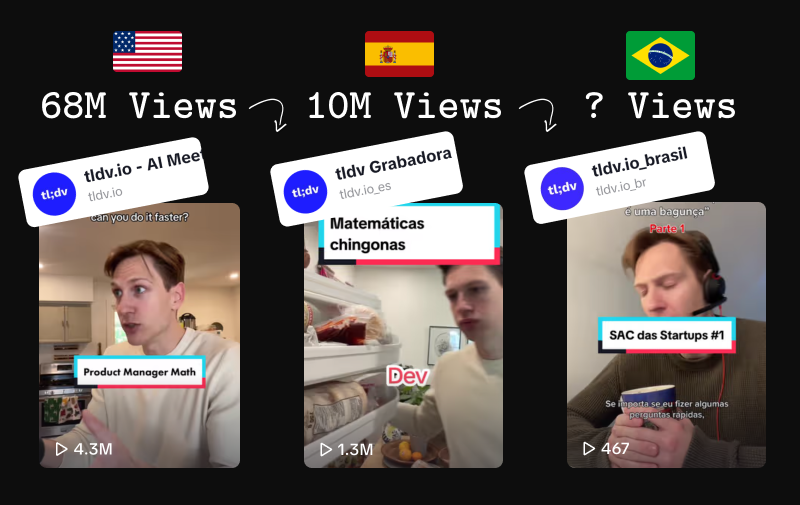
Let’s look at some companies killing it with this strategy:
- TLDV: They’ve seen a significant boost in engagement and app downloads by expanding into multiple language markets.
- AstroScope: This astrology app is crushing it with millions of views across six different language channels.
- Wondershare: Another example of a company successfully using AI dubbing to expand their reach.
Wrapping Up
AI dubbing isn’t just a cool trick—it’s a powerful strategy for exponentially growing your audience with minimal extra effort.
By repurposing your best-performing content for new markets, you’re maximizing the return on your content creation efforts.
Remember, the key is to start small. Pick one additional language to begin with, perfect your process, and then expand. Before you know it, you could be running a global content empire from your laptop.
So, what are you waiting for? It’s time to let AI break down those language barriers and take your content worldwide!
After dubbing your content, be sure to track it with Shortimize—the #1 tracking solution for managing your TikTok, Reels, and Shorts marketing. We’ve been featured on Startups.fm, Taaft, Product Hunt, and more!

